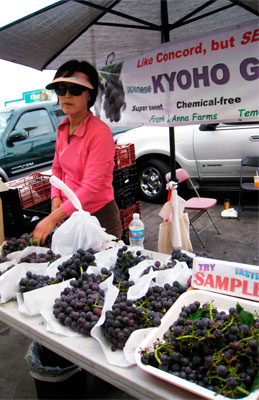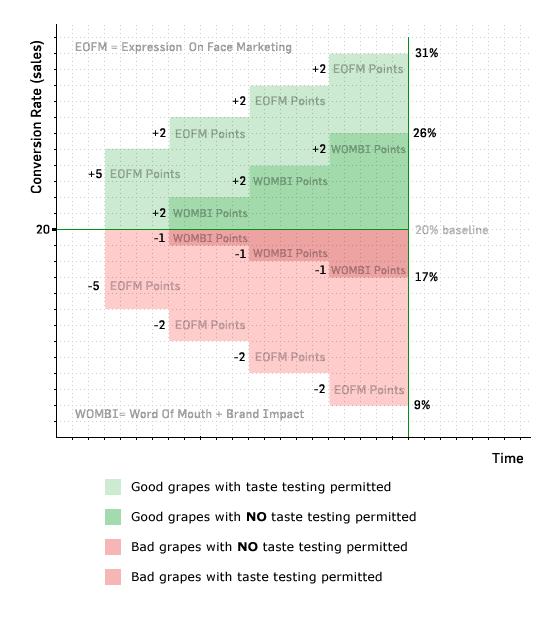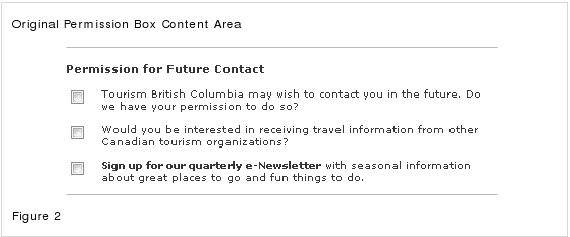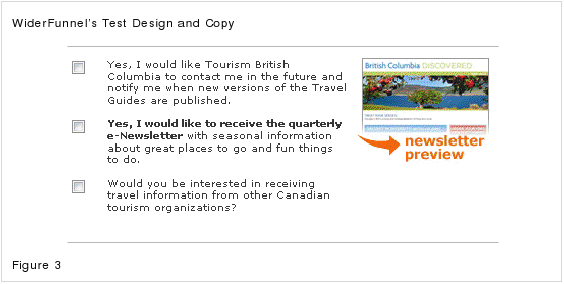If you’ve ever shopped for fruit, then you’ve either “done it” … “thought about doing it” … or “watched someone else doing it”.
I’m talking about grape theft, an epidemic that impacts every supermarket from Vancouver to Sydney. But is it good, bad, right or wrong? And what does it have to do with form conversions? Quite a lot actually.
Try Before You Buy: In Grapes We Trust

Shoppers, whether online or in the brick-and-mortar world, are an untrusting bunch (grape pun intended) who prefer to check out the goods before they’ll loosen their purse strings.
- like opening a box of eggs to check they’re all intact
- like opening a suitcase full of drug money to check it’s “all there” (just an example)
- and like surreptitiously popping a grape in your mouth to check that it’s crisp, juicy and just right
Shoppers want proof, and proof equals trust, which leads to purchases.
This parallel extends to the conversion psychology of visitors to your lead capture landing pages. Asking for an email address is a significant trust barrier, and to boost conversion rates you should be willing to offer a free sample of your wares in advance (e.g. a chapter of your report or whitepaper).
Only then should you ask for the key to their inbox.
In a case study later on, we’ll see how providing a preview (in this case, a sample newsletter) helped to lift the conversion rate by 12%.
Grape Theft Psychology 101
Before we examine the case study, let’s dig into the psychology to understand why having a preview is valuable to your visitors.

Interpreting the graph
Note: All numbers are for illustration purposes only.
- Good grapes + grape tasting: Notice from the graph, that by allowing the shopper to sample good grapes, there is a spike in sales (+5) due to the immediate feedback from the taste test. Then over time, other shoppers witness the positive effect of the taste test (what I’ve dubbed Expression On Face Marketing – EOFM) and jump on the grape bandwagon – resulting in further incremental sales improvements.
- Good grapes with NO grape tasting: Without the taste test (preview) there is no immediate increase in sales above the normal level. Incremental increases will come over time, but these will instead be due to increased brand perception and word of mouth.
- Bad grapes with NO taste testing: Similarly, without the taste test, a small amount of bad grapes will continue to be bought (there’s always a market for an inferior product), but the sales will trend downwards over time as people realize the poor quality when they get home (no repeat business due to low quality and negative word of mouth).
- Bad grapes + taste testing: Even the worst performing scenario can be beneficial. The resulting customer feedback from immediate bad results creates a form of natural selection that would inform the seller to improve the quality of their product.
To summarize: Only charlatans peddling poor quality goods need to hide from the grape thief. If your digital grapes (eBooks and whitepapers) are top notch, let people try them before they buy them.
Case Study: Improving Newsletter Opt-in Conversions by 12%
Conversion optimization specialists Wider Funnel ran a landing page optimization experiment for Tourism British Columbia which increased opt-in conversions for their newsletter by 12%. The test made modifications to the opt-in language and offered a preview of the newsletter that people would receive – enabling them to enter the try-before-you-buy mode which built up the trust and desire required to improve the opt-in rate.


Conversion Tip: Include Your Best Content in the Preview
There’s no point in getting someone to download your report if they don’t read it. This leads to a common occurrence known as “download now – read later syndrome”. In reality most documents won’t get read later – despite the best intentions – as people get caught up in their regular day-to-day work.
By including your best material in the preview – even if they don’t read the rest – they still know it contains value, making them more likely to read the rest later on AND respond in a positive manner to your follow up marketing.
Remember, if that first grape tasted great, you’ll be reaching for the fruit bowl later on and will buy more the next time you’re at the supermarket.
And Finally… Stealing grapes Is Fun
A monkey, some grapes and a video camera. What more do I need to say…
Homework – Steal Some Grapes!
Run an A/B test with and without a document preview, then come back and share your results in the comments below. If they’re good, I’ll include them in a future case study. Which I’ll make you download by completing a form… after I let you eat a grape of course.
